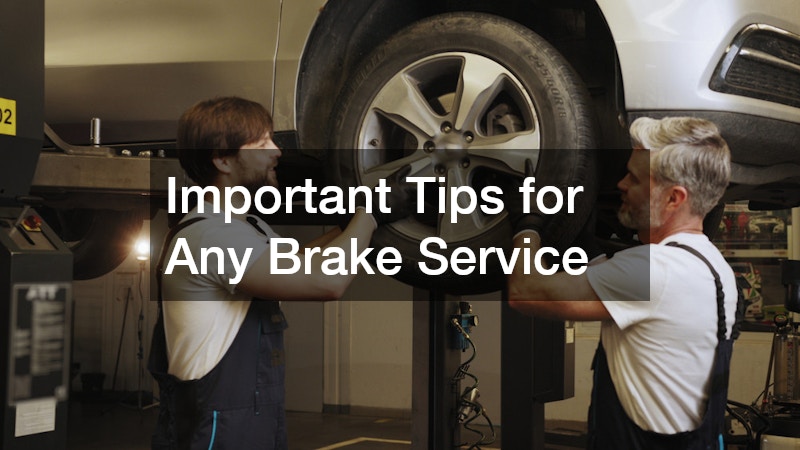Unless you live in a place where rain doesn’t happen, driving in such a weather is likely. Rain on car windows may be soothing, lulling you to sleep. But rain when you left car windows open is less than soothing and may be downright worrying because rain water inside your car does more than leave you with a wet butt.
What Happens if You Leave Your Car Windows Open in the Rain?
Maybe you left your car outside the garage and forgot to close the windows. Maybe your driving with your kids and they left the sunroof open because they wanted to have fun. Whatever the reason, leaving car windows open during rain may damage the interior.
Water damage can create the following problems in your car’s interior, beyond mold and mildew:
Electrical issues
When rain gets inside your car, the water immediately seeps into the electronics, the dashboard, the computer system, the wiring and other such components. These electrical components may not only become faulty, but also cause electrical shock if you operate them. The wiring that controls your power windows and doors will also cause issues.
Mechanical issues
The moving parts of your vehicle may also be damaged when heavy rain gets in your car. These include the starter, brake and clutch assemblies.
Rust
Heavy rains can affect the boot, undercarriage and the bonnet, all of which contain exposed metalwork. Not checking these areas and letting the rust do more damage will reduce the lifespan of your car.
Hydrolock
Although rain getting into your car’s engine isn’t the only reason, hydrolock could damage your engine. How it affects it will depend on the state of your vehicle; if it hydrolocks while idling, you won’t be able to start it just with the starter motor. If a lone piston hydrolocks at speed, the vehicle will come to a sudden stop. It could also cause engine cracks, which means a costly replacement.
What Do You Do if Rain Gets in Your?

Sometimes the problems that rain water damage cause may not be immediately evident. You may end up ignoring them if you’re still able to drive the vehicle, if it’s running OK or that your engine isn’t making weird noises. That the “Check engine” light isn’t alarming you to a problem under the hood.
It’s better to be safe than be inconvenienced or unsafe on the road. After having driven in the rain, especially during consecutive rainy days, always have a look at your car.
- Check your car’s interior for wet seats or even standing water in corners
- Use a wet dry vacuum if you have one to get as much moisture out as possible. If you don’t have one, place paper towels on the car seats, carpet or floor mats. Kitchen or paper towel extracts moisture, but it could take a while.
- Under a roof (and protected from further rain), open all the doors and use a fan to start the drying process for the upholstery and interior of your vehicle.
- Before turning on the car again, check the condition of your engine.
You may also try placing silica crystals. Silica crystals absorb moisture.
Clearing out the excess water and drying out your car’s interior are just part of the process to prevent mold and mildew. You’ll also want to get it your car cleaned. If you haven’t already done it, it may be a good time to get a full car detail.
Detailing would do deep clean upholstery, removing remaining moisture, and just completing an extensive interior and exterior cleaning, getting your car back to its good condition in a few hours. But this process will only get your car interior and exterior cleaned. It will not do an in-depth check of your engine. For that, take your car in to an auto shop that’ll check and diagnose your car.
If you’ve seen signs of excess moisture, puddles of water inside your car, do not start the engine. Instead, call a mechanic to look at your vehicle.
How Can Rain Water Get in the Car Interior?

Leaving the car window open in the rain isn’t the only way water can get into the vehicle. If you’ve never cracked the windows open or left it slightly down parked on your driveway while it poured, something else may be causing that rain in car smell.
Consider the following:
Window shield
The seal on your window shield may be rotted or damaged. So rain water is likely to seeping in. If your dashboard or front passenger seats feel wet, have your window shield seal checked.
Door seal
The membrane or seal may be the source of water in your car interior. The seal may be brittle or have started to flake away without you noticing. That is, until puddles have formed on the floor of your car.
Sunroof
If your vehicle features a sunroof, it could be another source of rain water getting inside. The built-in drain tube in this nice-to-have car feature could be clogged, causing water to come down on the back seat and the floor.
Should You Wash Your Car After it Rains?
Sometimes, a rain can be a blessing for car owners who rarely give their vehicles a wash. As long as the drive wasn’t on any muddy road, rain water could act as a car wash from nature.
But is it really the kind of “car washing” you should rely on?
Rain water contains pollutants. Pollutants leave residue on the exposed surface area. When left to dry, they’ll leave unsightly marks on your car. It’s not just marks you must worry about; when you leave in a heavily polluted city, the pollutants can damage the exterior of your car. So it’s best to wipe down your car with a microfiber cloth after it’s been exposed to the rain.





